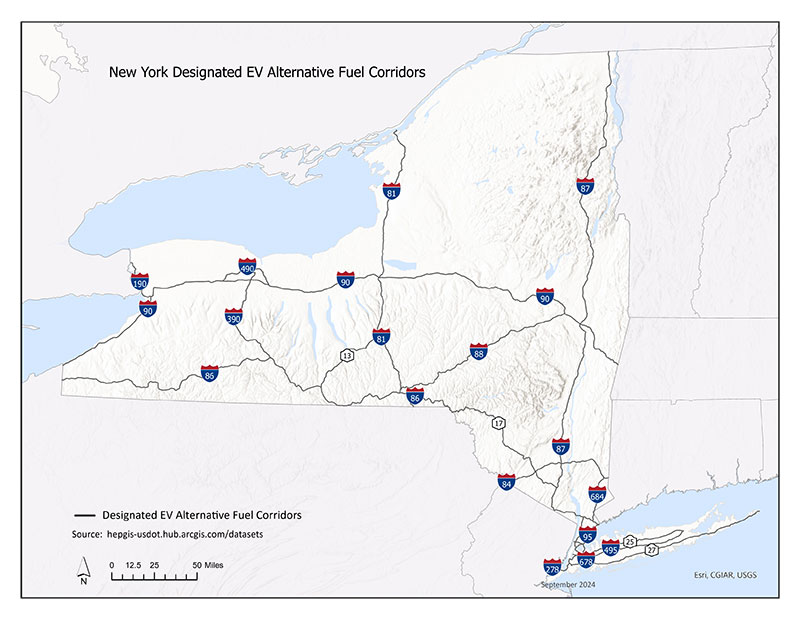Sign up for daily news updates from CleanTechnica on email. Or follow us on Google News!
In the original Superman film (1978), an alien raised by humans finds out that he’s got a space family that he knows little about. After the death of his father, he takes a strange crystal (which had been calling out to him) from his foster family’s farm and makes a journey on foot to the Arctic. There, he throws the crystal into the ice, where it transforms the area into the Fortress of Solitude. There, a hologram of his space dad tells him all about where he came from and trains him to use his superhuman abilities for good. After twelve years, he leaves the Fortress in a shiny spandex suit, ready to go out and be a comic book superhero.
Like the Fortress of Solitude in the movie, the Arctic can be a dangerous and sharp place. The ice up there, with only ocean below it, moves and shifts. Enormous pieces of sometimes craggy ice move around with the wind, with the expansion of freezing and re-freezing water, and as it melts. All of this heavy ice moving around can exert tremendous force on a ship, and makes building any kind of permanent settlement all but impossible (unless you have a space dad to build one for you, of course).
We may be weak humans living next to a yellow sun compared to the El family Superman came from (who sound a lot like the legends of the Anunaki or the ancient Elohim if you think about it), but some French scientists and engineers found another way to build their own Fortress of Solitude up in the Arctic. Like Superman, they’re going up there to learn, but unlike Superman, they used aluminum (or aluminium if you’re so inclined) to construct it.
(Article continues after embedded video.)
The Why
Normally, we’re excited about technologies that reduce our contribution to the problem of climate change, but an important part of reducing it is understanding it. Having an understanding of the risks, the effects, and the speed of change helps us to bring more urgency to the topic. But, we can’t really reverse it, so knowing what we’re already in for is essential, too.
That’s why the Tara Polar Station was built. It’s like a metal innertube you’d use to float down a river, but with a fortress on top that can handle the punishing environment of the arctic. Instead of being stabbed to death by shifting ice flows and icebergs, it can resist and deflect the blows, but it wasn’t cheap. The cost of construction was $38 million.
Instead of trying to stay anchored in one spot like the land-based South Pole research station, Tara floats along with the ice, which is a lot safer than trying to resist it. But, dangerous past expeditions have been iffy enough to prevent anyone from making any kind of permanent research or military presence in the area (I’ll come back to that in a minute).
Scientifically, this station is important because the Arctic Ocean is warming three times faster than the global average. These changes have made it even more important to have a research presence, because it shows us a little bit of what our future might be like.
There’s also the geopolitics. As the ice melts and it becomes possible to traverse a now non-fiction Northwest Passage, control of the shipping lanes means economic relevance for a country in the 21st century. There is also known to be vast mineral and fossil fuel wealth in the Arctic, and countries are gearing up to exploit it before others do. This pits countries like the United States (via Alaska) against countries like Russia.
So, in many ways, France has a dual mission here. Peaceful exploration and scientific research is, of course, of huge importance, but establishing a permanent presence in the Arctic means the country can stake a claim to at least some of it in the future. For countries that aren’t a big fan of rising authoritarianism, this is good news. But, if you’re a fan of Vlad the Invader, you probably won’t like this news very much.
Beyond competitions with big powers like Russia and China, France can also position itself as a player in scientific diplomacy. This means that the country can have a greater voice than other non-arctic states because that voice comes with increased understanding and increased opportunities to help other countries with their goals.
Scientific goals include research on biodiversity in the region, especially catching data on species that go extinct before that happens. A diverse team of scientists, from biologists to climatologists to glaciologists and oceanographers collaborate on and off the station to maximize research efficiency and efficacy.
The How
It was no easy task to build a station that can survive drifting in the ice like this. Not only do the temperatures shift drastically (which causes metal to shrink and expand, and become more ductile or brittle), but the pressures can be immense. The weird shape, interior reinforcement, and being built like a float tube all contribute to keeping the scientists (and presumably other personnel) safe during the long drifts with the ice.
It’s not the biggest research station ever, but given the remote environment it operates in, it’s still impressive. It’s 26 meters (about 85 feet) in length, and is in an oval shape, with the short side being 16 meters (52 feet). It weighs 258 tons, and can handle a crew of 20 (including researchers). The hull is 20mm (about 3/4 inch) thick.
The station can operate for up to 500 days without refueling. It runs on hydro-treated vegetable oil for energy density and thermal stability, but reduces its dependence on this bio-fuel by adding in some solar and wind power along the inner parts of the vessel. But, it’s basically carbon-free (at least for fueling it).
Studies of the world under the ice are accomplished by using a “moon pool” along the bottom, where probes can enter the water, much like the submarine dock in The Abyss, but on a smaller scale.
The station works both day and night (each lasts about six months up there), or year round. This allows not only a human research presence, but also allows for that presence to be long-term. This increases the crew’s ability to get a look at the whole picture of the arctic instead of only getting snapshots with short expeditions.
You can learn more about the project here.
Featured image by Fondation Tara Ocean.

Chip in a few dollars a month to help support independent cleantech coverage that helps to accelerate the cleantech revolution!
Have a tip for CleanTechnica? Want to advertise? Want to suggest a guest for our CleanTech Talk podcast? Contact us here.
Sign up for our daily newsletter for 15 new cleantech stories a day. Or sign up for our weekly one if daily is too frequent.
CleanTechnica uses affiliate links. See our policy here.
CleanTechnica’s Comment Policy




